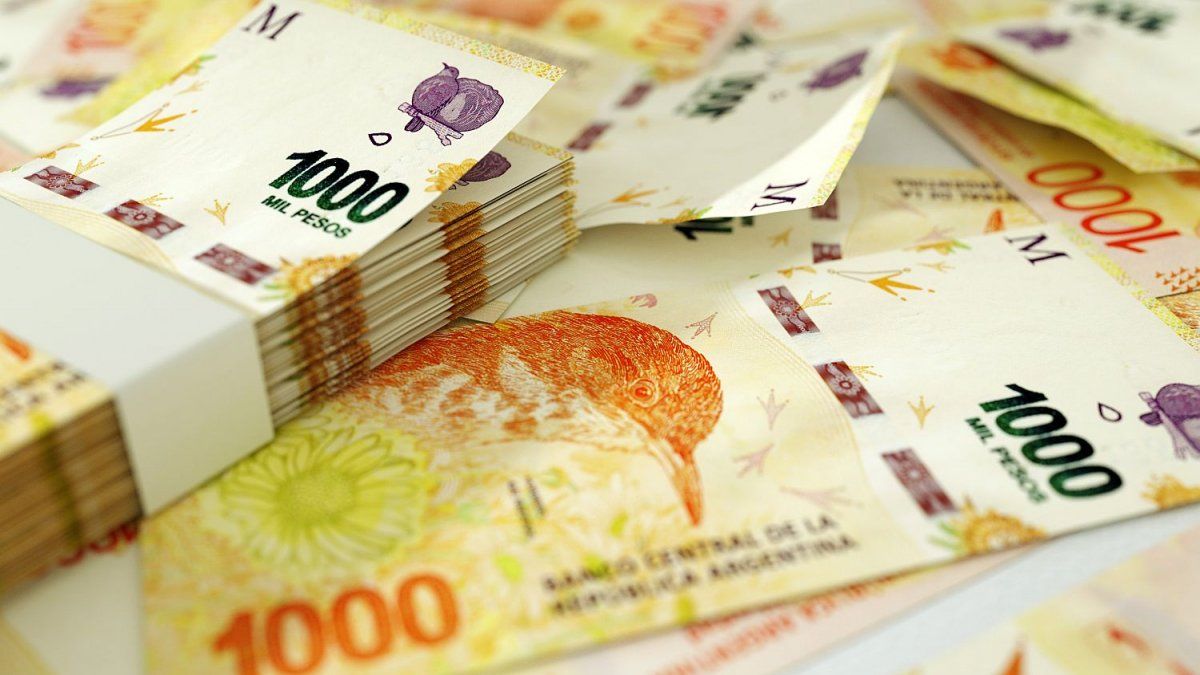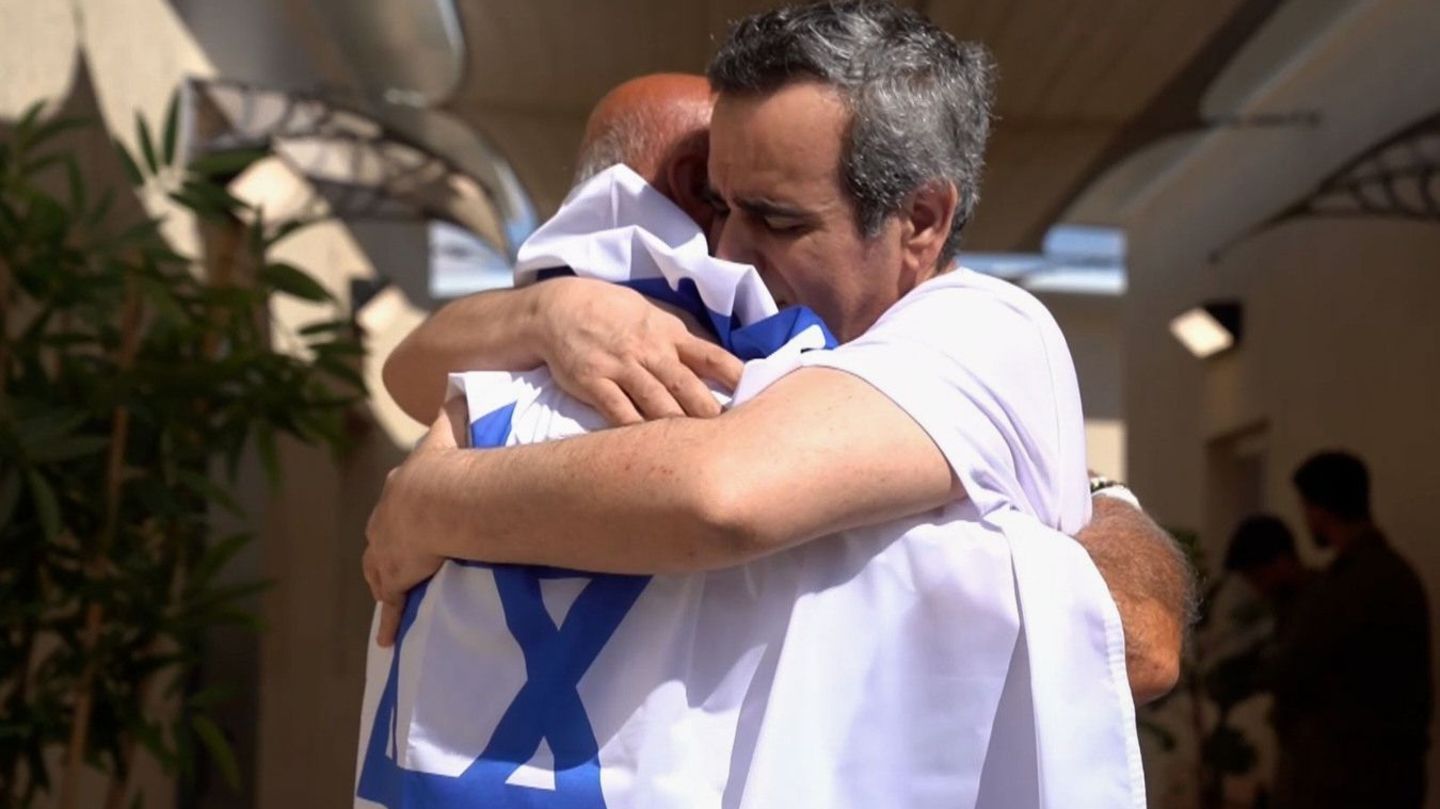Between the healthy purchase of reserves and other expansive factors, the actions of the Central Bank continue to be decisive in continuing to liquidate the excess pesos.
He Central Bank (BCRA) This Tuesday, it finished uploading the monetary data from the last day of last month that shows that it validated a monetary expansion of $1,316 trillion, bringing the total Monetary Base to almost $11 trillion. So in the last two months the BCRA injected almost $2 trillion into the system and more than $3.69 trillion since last November. Which gives a magnitude of the monetary mess in which the new Government is still immersed.
The content you want to access is exclusive to subscribers.
However, the liquefaction of peso holdings is overwhelming and this is reflected not only in the sustained fall of the Base in real terms, which would reach more than 15% in the last quarter, but also in the rest of the monetary aggregates. . This is nothing other than the result of the blender strategy of the Government and the persistent flight of money from economic agents in line with the high inflation rates.


But what happened in January? There were two clearly expansive factors that between them explain more than $5 billion of expansion of the Base. On the one hand, the net purchases of foreign currency from the private sector (US$3,272 million) involved an issuance of $2,676 billion, which is added to the $2,569 billion for the interest payment of the BCRA debt. The third most important factor was the “tap” of the “Others” concept through which more than $ 1,531 billion was injected, linked not only to the BCRA’s interventions in the bond market but also to the exercise of the “puts” that they have. banks on the holding of public securities (they are put options on Treasury securities awarded as of July 2022 that provide a kind of reinsurance in case the banks want to get rid of these bonds).
When looking at this in perspective, it is worth noting that in the last two months, almost $4.7 billion were issued for the purchase of foreign currency, almost $5 billion for interest payments, and another almost $4 billion for “Others.” That is, between December and January, for these three concepts, the Base expanded by almost $14 billion pesos. There are no comments.
An explanation of the actions of the BCRA
How did the BCRA avoid leaving all this issuance loose on the street? In January, the Treasury played in favor by being a contractive factor by more than $1,217 trillion as a result of the net purchase of foreign currency for the equivalent of $364,500 million plus the increase in official deposits in the BCRA for almost $853,000 million. The rest was the sterilization effort of the BCRA, through the net placement of Passive Passes for $4,243 billion (placed $5,725 billion via Passes and canceled Letters for $1,482 billion). In this way, the Base only expanded by only 11% end to end and 13% monthly average, well below the estimated inflation for the month.
The correlate of all this was the increase in BCRA remunerated monetary liabilitiesmainly, of the Passive passes whose stock is close to 30 billion pesos. Last December they grew by $9,450 billion and in January of this year another $5,725 billion, that is, in the two-month period more than $15 billion. The stock doubled in the two-month period. Although the interest rate is lower, it is still at 100% annual nominal value, maintaining this source of endogenous money creation. Hence the importance of liquefaction, but as the consultant warns Quantum “Maintaining these rates in a context of marked uncertainties puts pressure on exchange rates and inflation or on a drop in real income and the level of activity justified by greater restriction of the money supply.”
Source: Ambito




